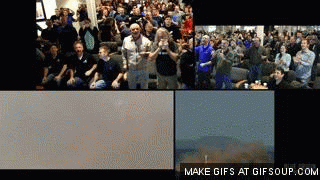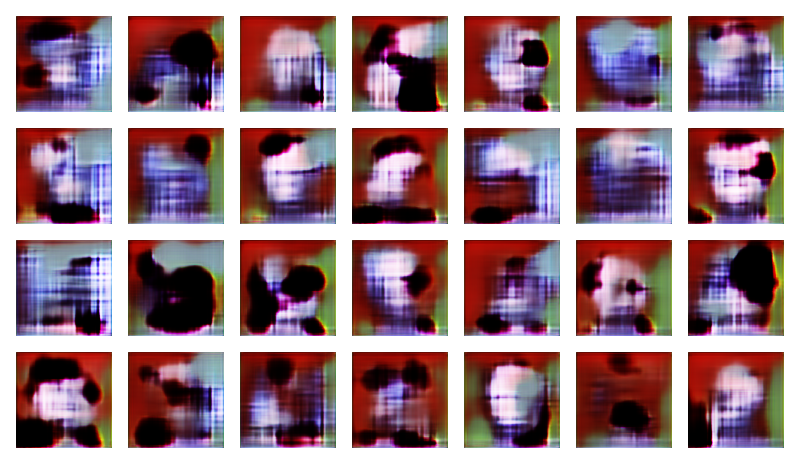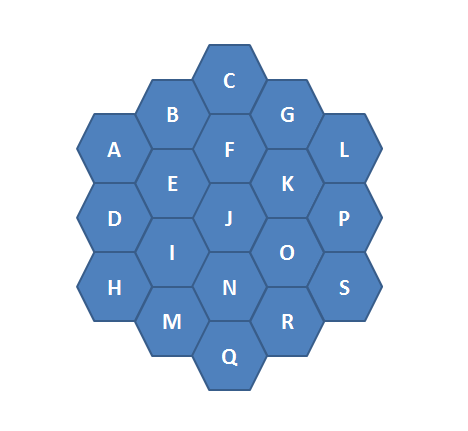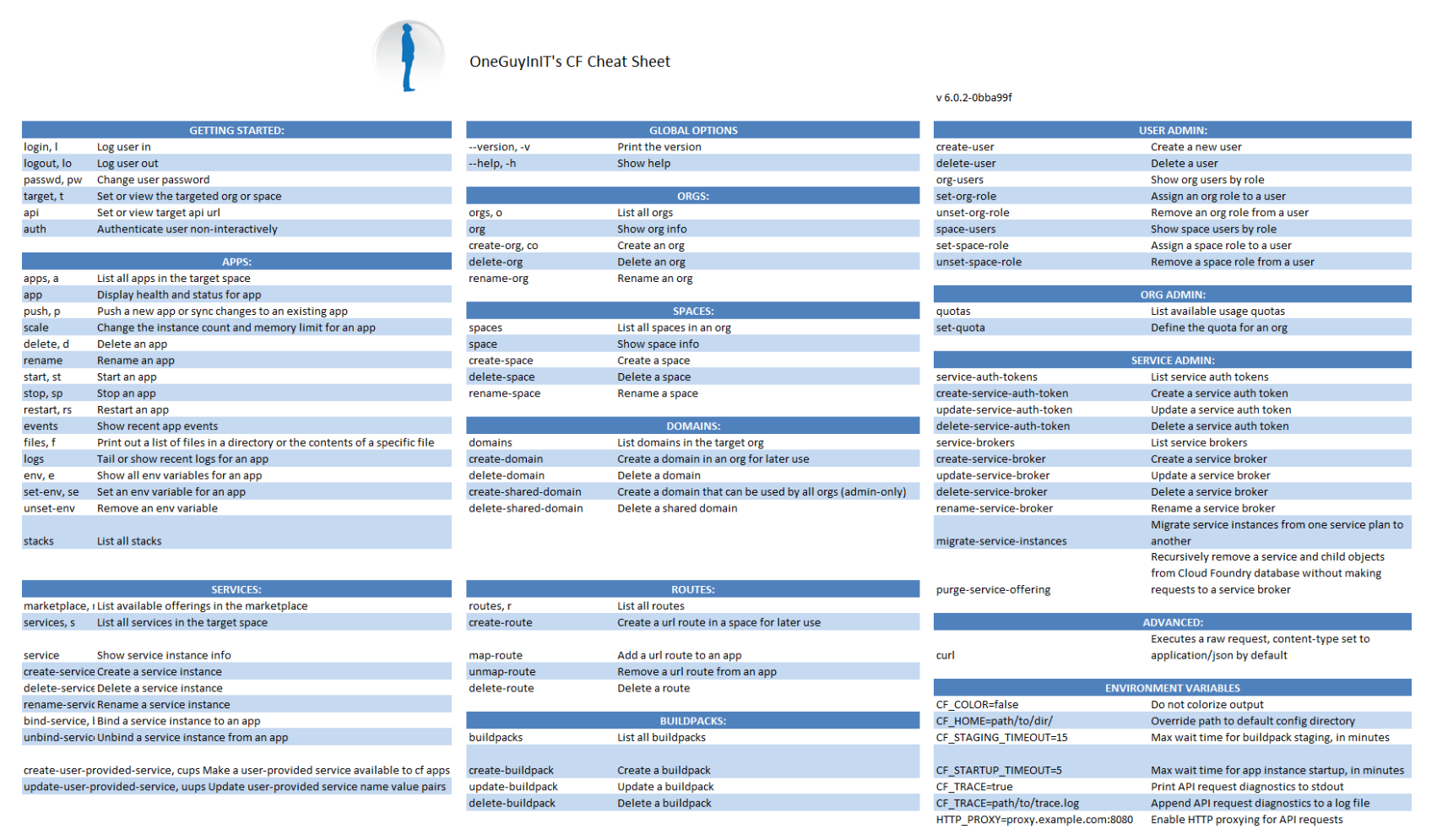Tomorrow, I start working for Amazon Web Services!
In order to put my excitement in context, it’s important to know where I’m coming from and where I’m looking to go.
Five years ago, I started working for EMC. EMC took a risk hiring me, but it paid off. I was new to the workforce with no experience in storage and completely naive to the trends that shape the IT landscape. I didn’t even know what they were asking me to do. What does a pre-sales engineer do, exactly? During my five years, EMC gave me access to all the resources I needed to be successful. When I finally figured out how to do my job well, I had a new perspective on career and the IT landscape as a whole. I will never forget the people at EMC who helped me along the way.
Now that I saw things in a new light, I started asking myself how I could do it again. This lead to a multi-year search that ended two weeks ago with Amazon. My criteria was as follows:
- I must be able to provide value day one. I’m good at understanding complex technologies, mapping the value of the technology to business needs, and message this value to different stakeholders.
- They must have a sound strategy. I was searching for a company that has the potential to be a market leader (or is one), and having a poor strategy won’t get you there.
- Located in Boston.
I profiled hundreds of companies and only four made it through my filter. I didn’t obsess over my search, but I was always looking. If anyone ever mentioned a company I hadn’t heard of, the next thing I would do would investigate them. My notebook is filled with dozens of companies that didn’t make the cut.
Then I got the call. Amazon wanted to talk to me? I didn’t even have a warm introduction! This was like MIT or Harvard approaching me to go to their school — I just couldn’t believe it. I’m still having a hard time believing it.
There is always a degree of uncertainty that comes with changing roles. I won’t have a support network and I know I don’t know a lot of things that I need to know to be successful at Amazon. But I trust in myself to build my network within Amazon, educate myself on the gaps I have with the technology, make some friends along the way, and have fun doing it!
With every new piece of information I get my hands on, I am more certain that this is the right decision for me. Have you read anything that Jeff Bezos has said? Have you seen the new drone video Amazon just released? Are you aware of just how many web services AWS offers? AAHHHH, YES!!!!

Blue Origin employees celebrating a rocket land. This happened after I accepted the offer! (source: https://www.youtube.com/watch?v=igEWYbnoHc4)
Today I stand tall. The energy is surging through my body! I’m off to memorize Amazon’s Leadership Principles before my first day. I’ll let you know how it goes!





